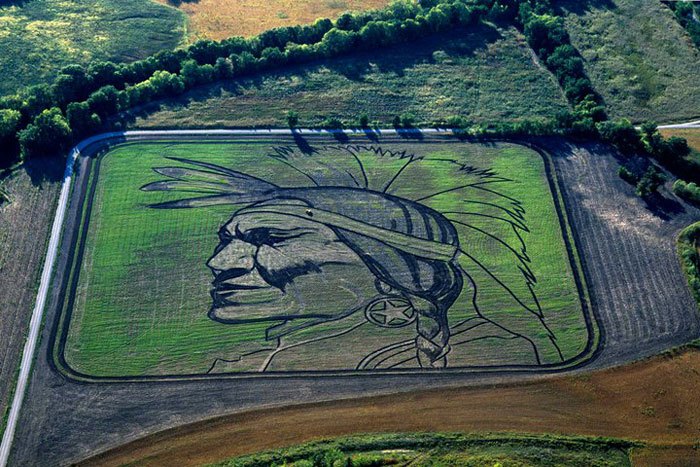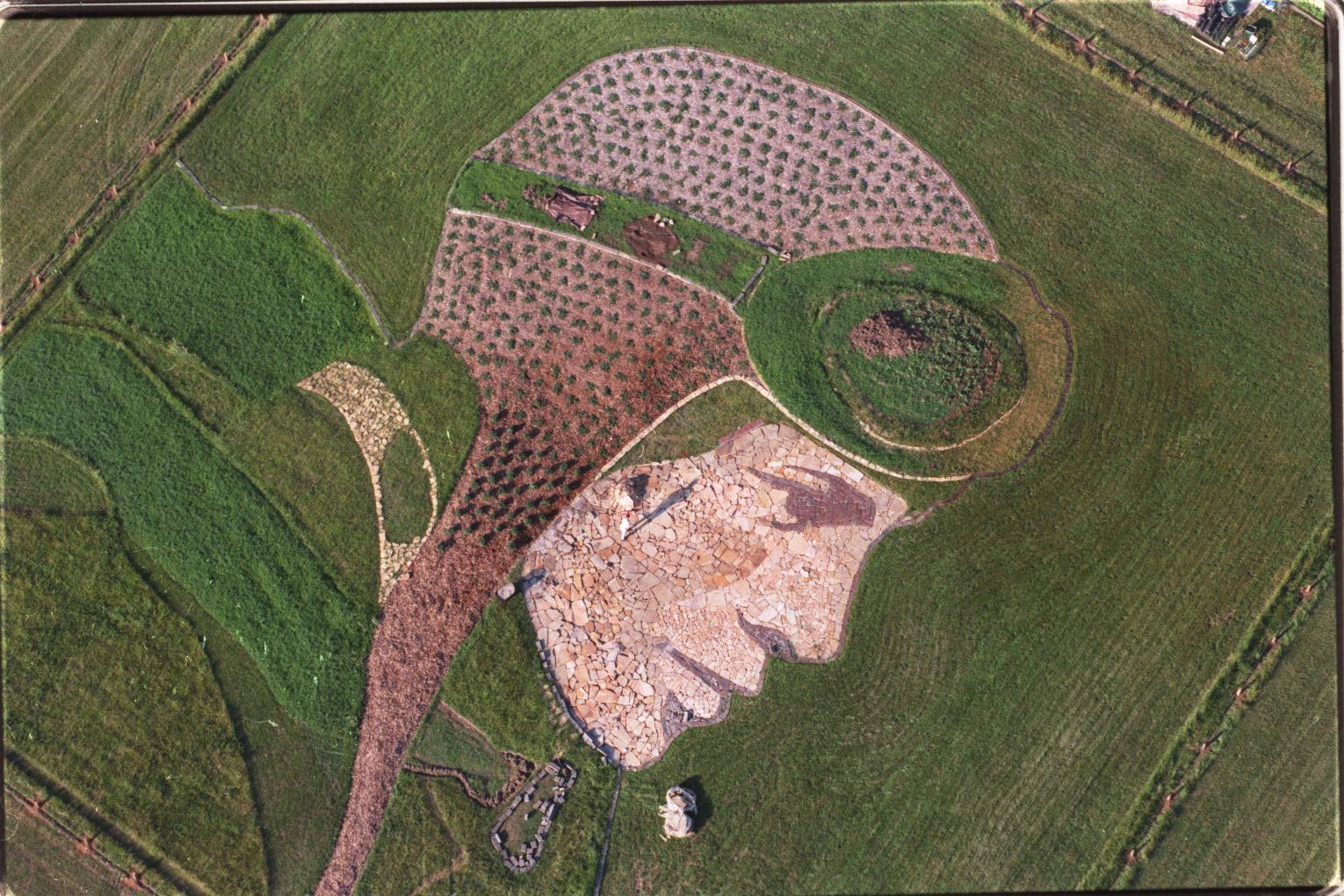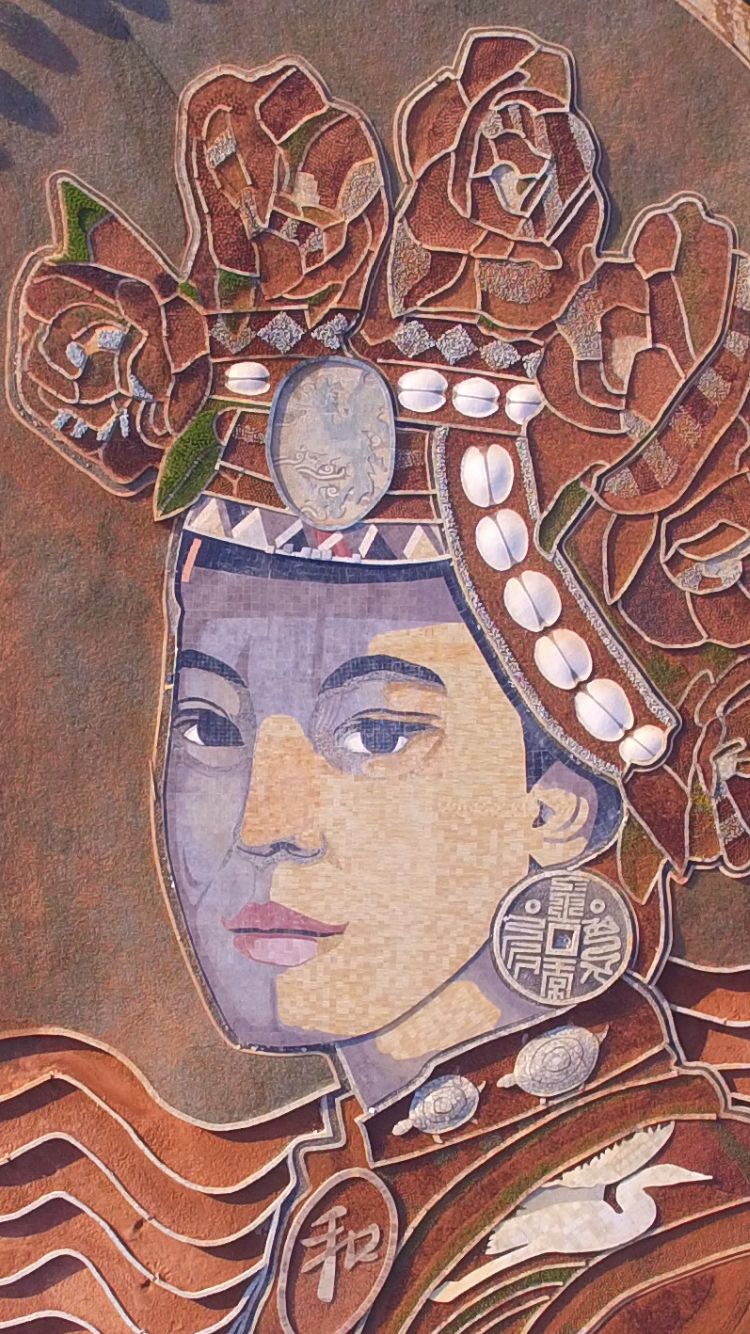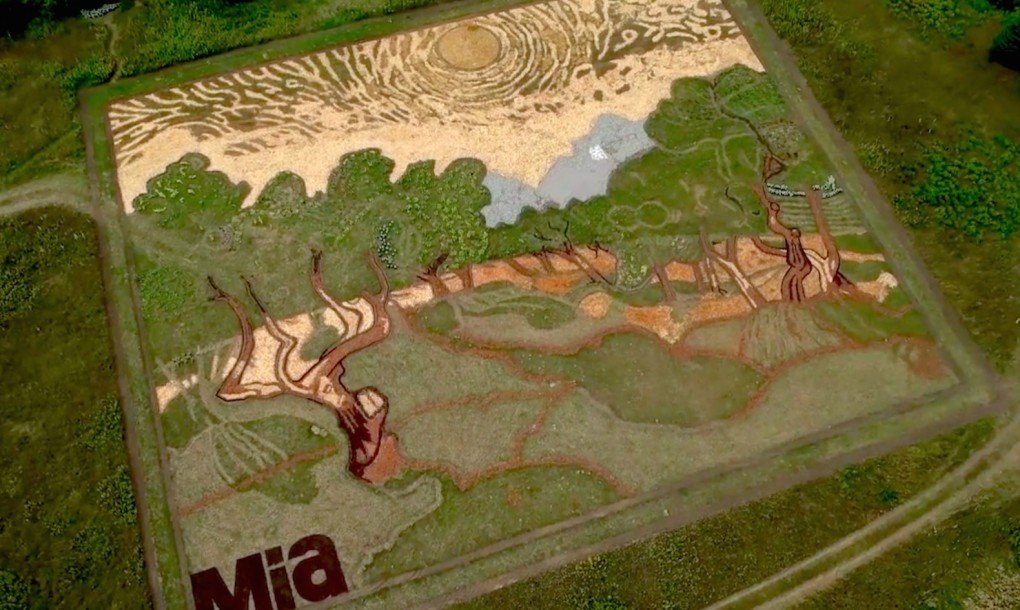Most people are unaware of several talented women who worked in the field of botany as early as the 18thcentury.
Consider Maria Sibylla Merian (1647-1717) Maria was an extremely enterprising and independent German woman. In 1699, along with her daughter, she travelled to Surinam to carry out research into the reproduction and development of insects. She is now regarded as both a highly gifted artist and an exceptional empirical scientist, one of the first to demolish the prevailing notion of the spontaneous generation of insects from mud.
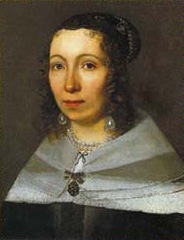
Since women were not allowed to sell paintings in oils in many German cities, Maria became skilled at watercolor and gouache. She was the first to portray caterpillars and butterflies with the plants that nourished them. Maria’a book, Metamorphosis insectorum Surinamensium,was published in 1705 in both Latin and Dutch with colored engravings. Marian paid the production costs her self and acted as the publisher.
Maria’a book, Metamorphosis insectorum Surinamensium,was published in 1705 in both Latin and Dutch with colored engravings. Marian paid the production costs her self and acted as the publisher. Two folio editions of 254 aquarelles by Marian were taken to Saint Petersburg for Peter the Great’s personal physician.
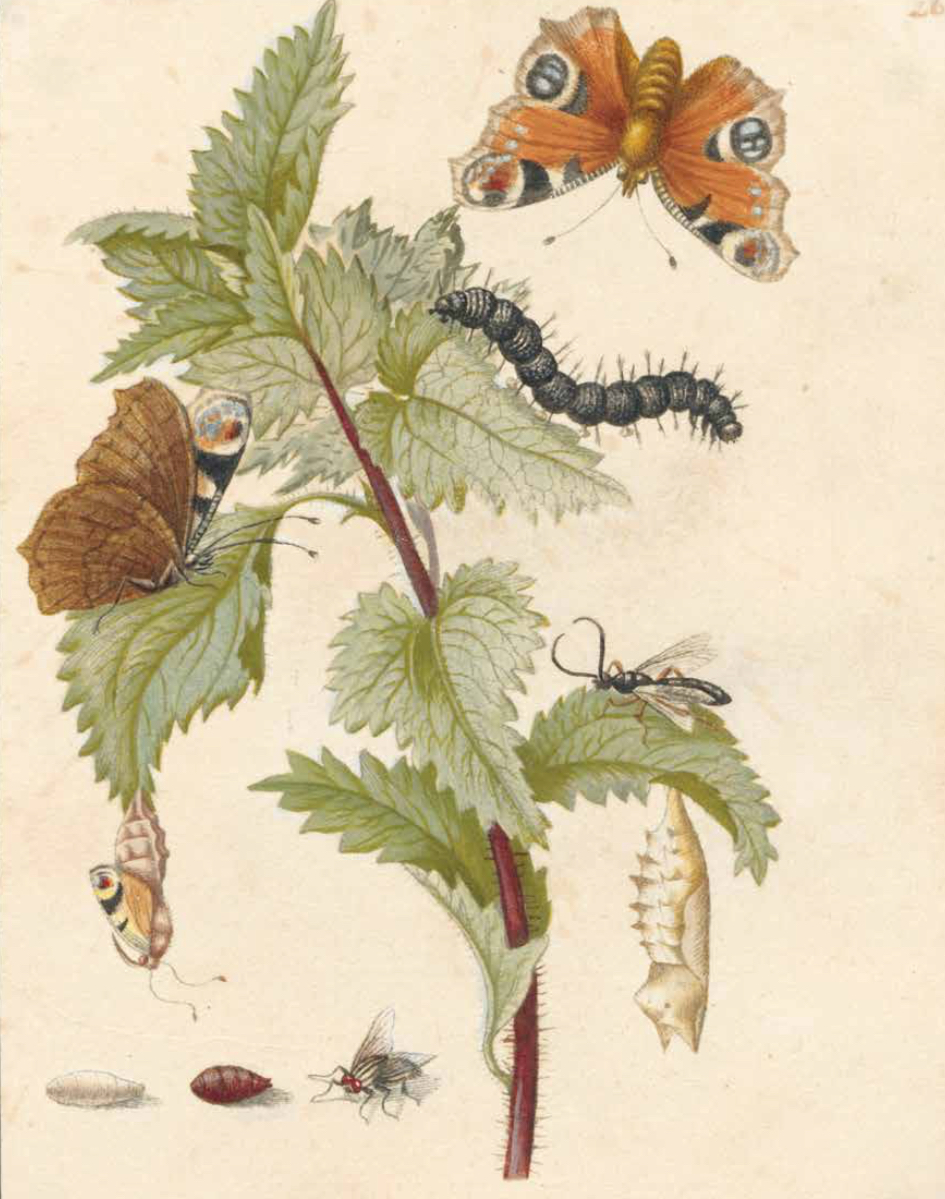
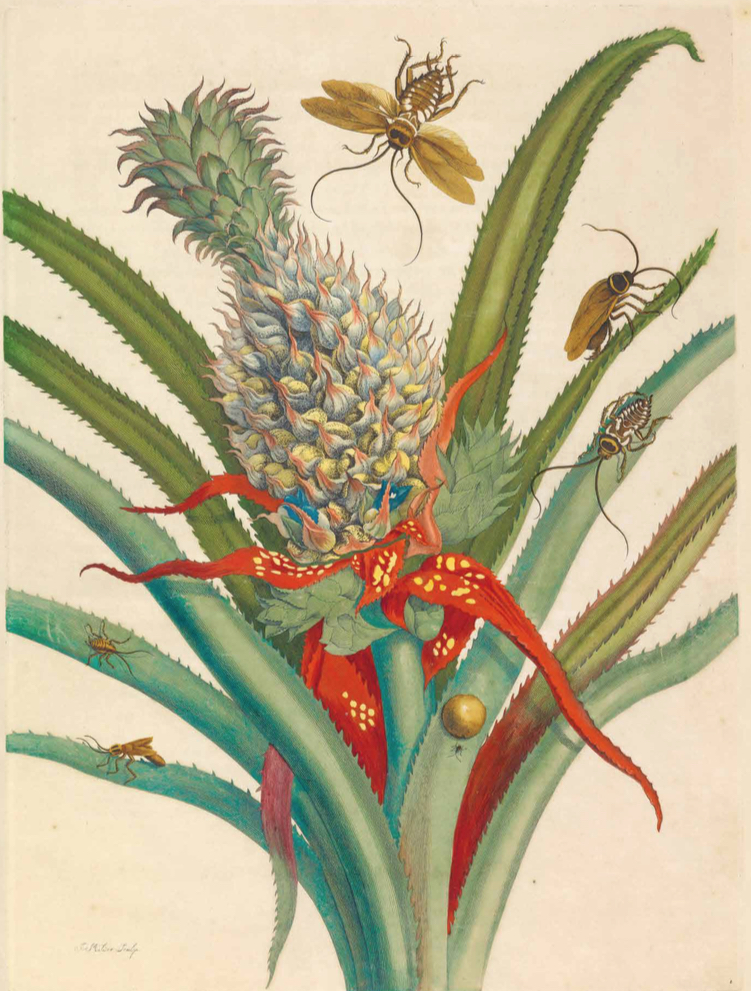
Anne Kingsbury Wollstonecraft (October 29, 1791 – May 16, 1828) was an American botanist who devoted herself to creating richly detailed illustrations and descriptions of the botanical specimens she found on Cuba. Her work culminating in a remarkable three-volume manuscript entitled, Specimens of the Plants & Fruit of the Island of Cuba. This book was never published and went missing for 190 years. It was recently discovered at Cornell Library’s division of rare manuscripts. The book includes 121 watercolor plants with detailed notes.
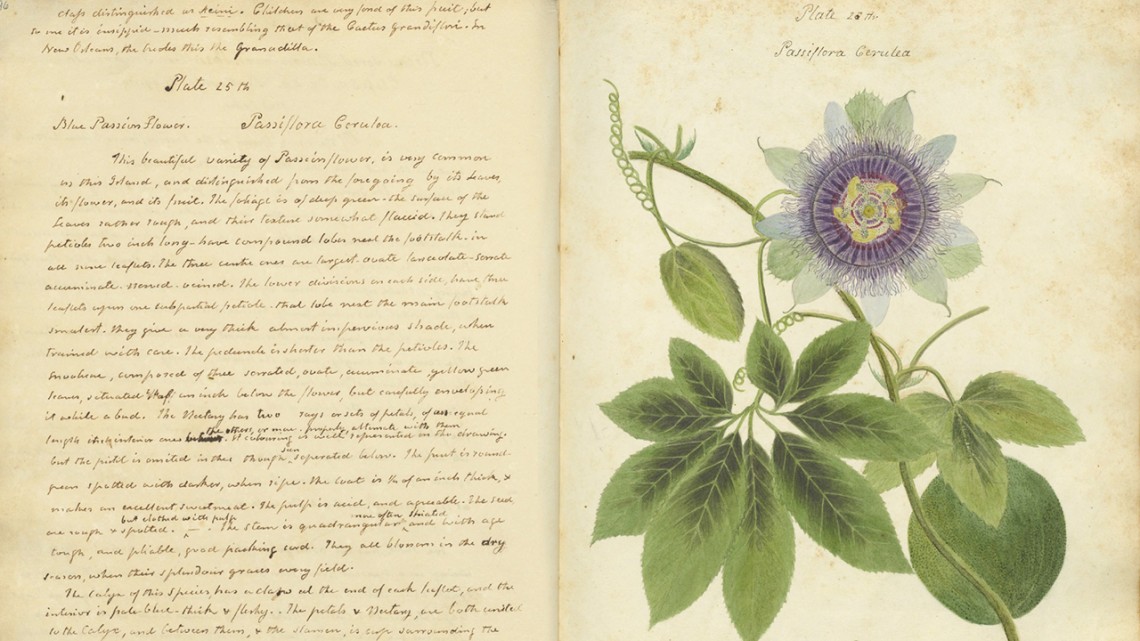
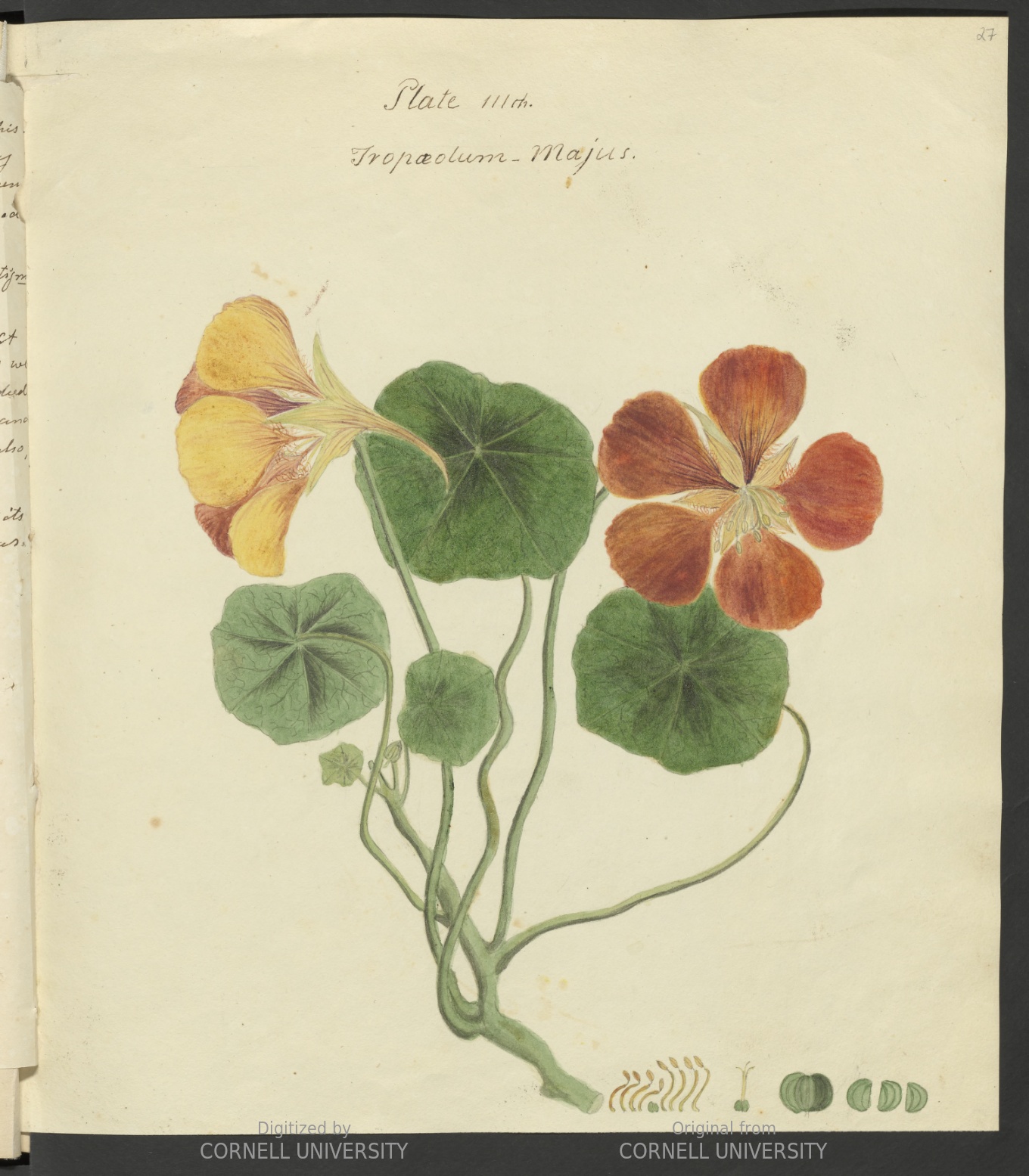
Just as remarkable was Mary Delany (May 14, 1700- April 15, 1788), an English woman whose collection of intricate paper collages of plant life are now in the British Museum. Mary Delany created dramatic and precise collages, made from colored paper, much of which she had dyed herself. The works were then mounted on black backgrounds. Describing her method in a letter to her niece dated October 4th, 1772, she wrote: “I have invented a new way of imitating flowers”. She was then 72. In ten years times Mary Delaney completed nearly 1,000 cut-paper botanicals so accurate that botanists still refer to them – each one so energetically dramatic that it seems to leap out from the dark as on to a lit stage.
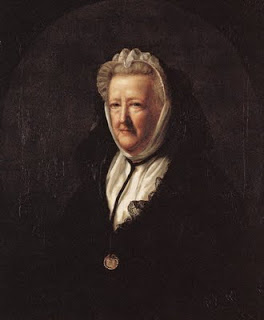
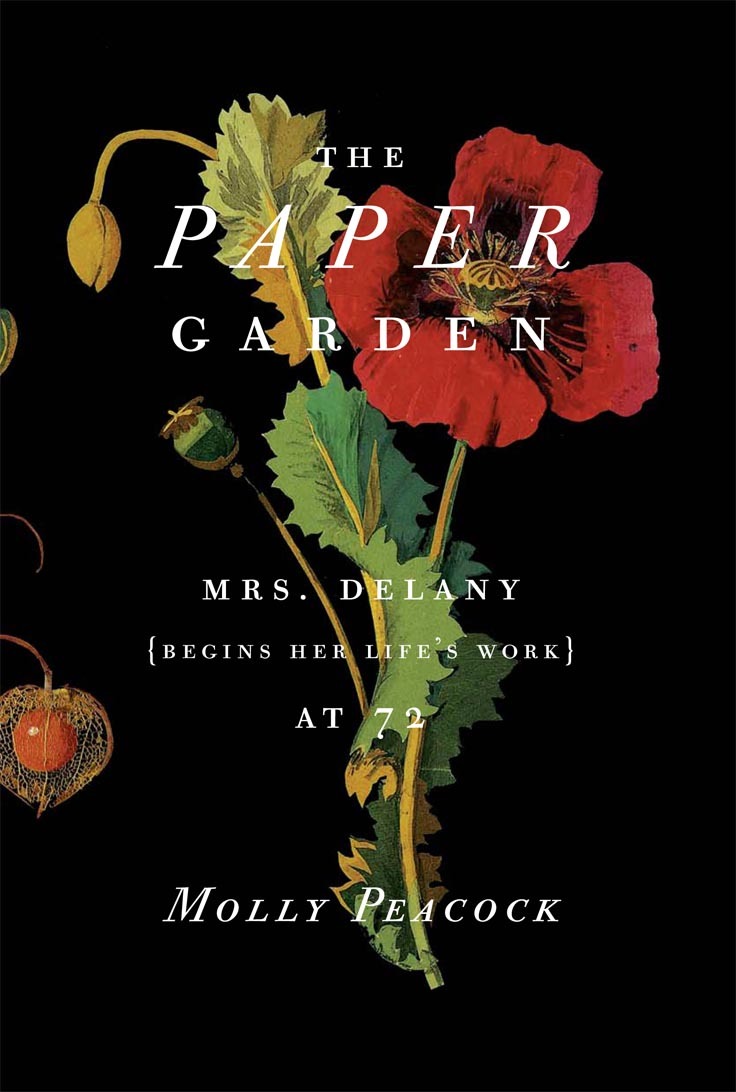
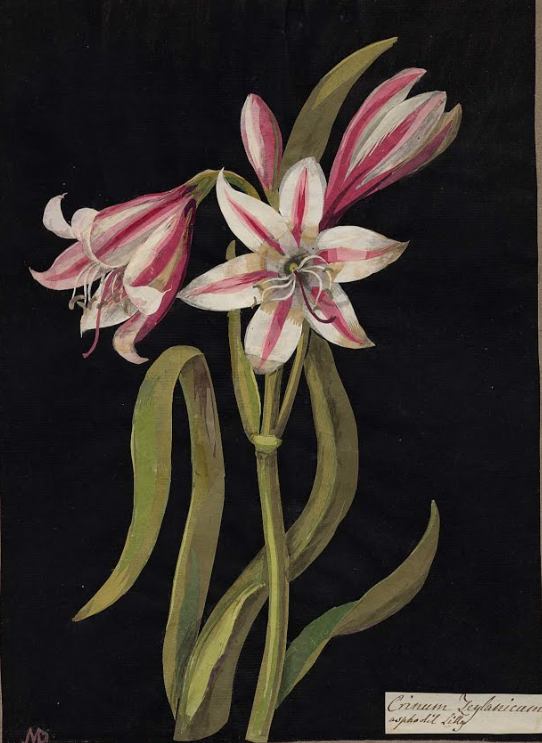
Beatrix Potter (July 28, 1866 –December 22, 1943), famous for The Tale of Peter Rabbitand other children’s books, has been underappreciated for her contribution to science and natural history. In her early twenties, Beatrix developed a keen interest in mycology and began producing incredibly beautiful drawings of fungi. She taught herself the proper technique for accurate botanical illustration.
When she wanted to present her scientific work to London’s Linnean Society she needed to have her uncle do the presentation because women were barred from membership. The paper never got peer-review and was dismissed as not worthy of consideration. A century later the Linnean Society apologized for its historic sexism.
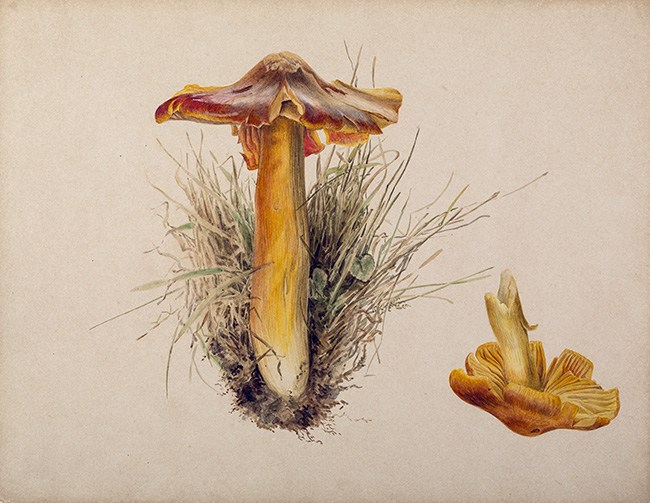
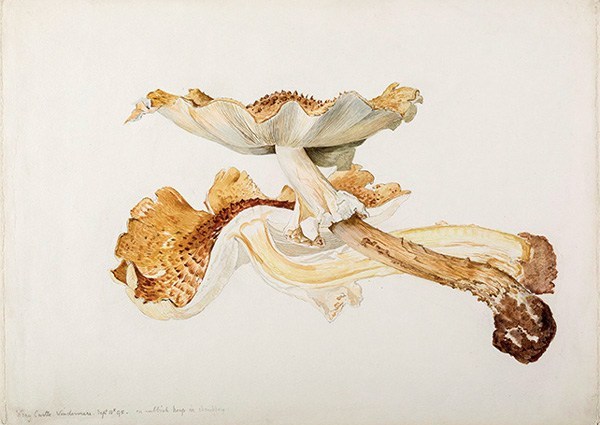
The female amateur botanists and naturalists of earlier eras didn’t just reproduce knowledge. They took what they learned and used the traditionally feminine skills they already had—along with their keen powers of observation—to create something better, and new.

